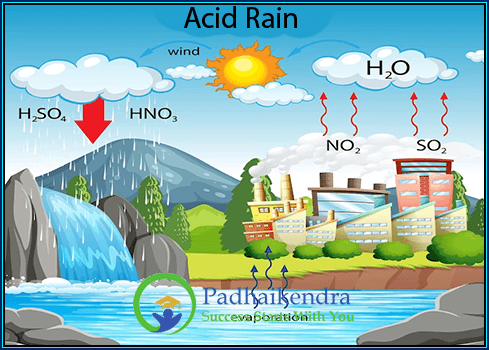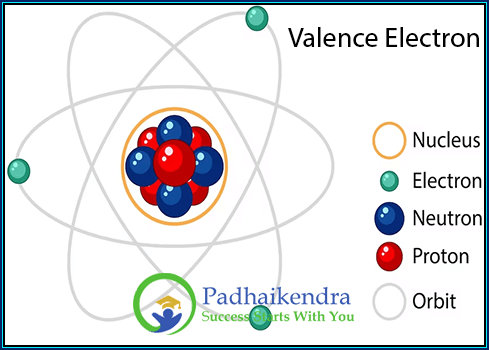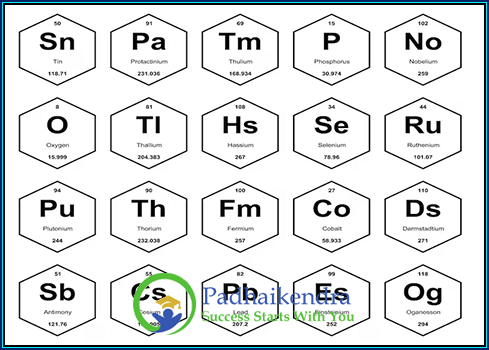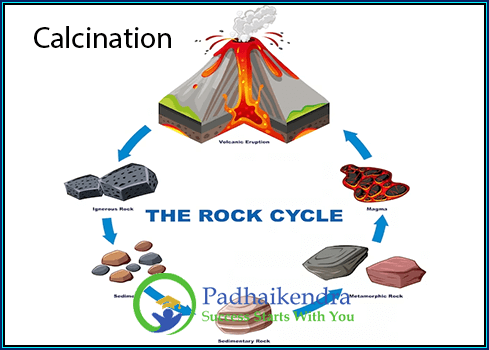What is an Atom?
An atom is the smallest unit of an element that retains the chemical properties of that element. The structure of an atom consists of three main components: Protons, Neutrons, and Electrons.
Structure of an Atom
Protons are positively charged particles found in the nucleus, or center, of the atom. The number of protons in an atom determines its atomic number and its identity as a specific element.
Neutrons are neutral particles found in the nucleus of the atom. They have a mass similar to that of protons, but no charge.
Electrons are negatively charged particles that orbit the nucleus of the atom in shells or energy levels. Electrons are located outside the nucleus and are responsible for the chemical properties of an element, as they are involved in chemical reactions.
The number of protons and neutrons in the nucleus of an atom determines its atomic mass. The number of electrons in an atom is equal to the number of protons, giving the atom a neutral overall charge.
The arrangement of electrons in the shells or energy levels of an atom is important in determining its chemical properties. The outermost shell of electrons, called the valence shell, is particularly important in chemical reactions as it determines how an atom will interact with other atoms to form compounds.
Overall, the structure of an atom is fundamental to understanding the behavior and properties of matter at the atomic level.
Proton
 A proton is a subatomic particle that has a positive electric charge of +1 elementary charge and a mass of approximately 1 atomic mass unit. Protons are found in the nucleus, or central core, of every atom and are one of the two main constituents of the atomic nucleus, the other being neutrons.
A proton is a subatomic particle that has a positive electric charge of +1 elementary charge and a mass of approximately 1 atomic mass unit. Protons are found in the nucleus, or central core, of every atom and are one of the two main constituents of the atomic nucleus, the other being neutrons.
Protons play a crucial role in determining the properties of an atom. The number of protons in the nucleus of an atom determines its atomic number, which defines the element to which it belongs. For example, an atom with 6 protons is always carbon, and an atom with 1 proton is always hydrogen.
Protons are held together in the nucleus by the strong nuclear force, which is one of the four fundamental forces of nature. This force is responsible for binding protons and neutrons together in the nucleus, overcoming the repulsive electromagnetic force between the positively charged protons.
In addition to their role in defining the identity of an element, protons are also involved in various nuclear processes, such as nuclear fusion and radioactive decay. For example, in nuclear fusion, two atomic nuclei with protons and neutrons are combined to form a new nucleus, releasing energy in the process. In radioactive decay, a nucleus undergoes a transformation in which it loses protons or neutrons, changing its atomic number and producing a different element.
Protons are a fundamental component of matter and play a critical role in determining the properties and behavior of atoms and nuclei.
Electron
An electron is a subatomic particle that has a negative electric charge of -1 elementary charge and a mass of approximately 1/1836 atomic mass units. Electrons are found outside the nucleus, in energy levels or orbitals, and are responsible for the chemical properties of an element.
The number of electrons in an atom is equal to the number of protons in its nucleus, giving the atom a neutral overall charge. Electrons are involved in chemical reactions, as they are responsible for the formation of chemical bonds between atoms to form compounds.
Electrons can be excited to higher energy levels by absorbing energy, such as heat or light, and then return to their ground state by releasing energy in the form of light or heat. This phenomenon is the basis of many technological applications, such as lasers and solar cells.
Electrons are also involved in electrical conductivity, as they are able to flow through a material and carry an electrical current. The behavior of electrons in materials is an important area of study in solid-state physics, as it determines the electrical and electronic properties of materials.
Electrons are a fundamental component of matter and play a critical role in determining the properties and behavior of atoms and materials.
Neutron
A neutron is a subatomic particle that has no electric charge (it’s neutral) and a mass of approximately 1 atomic mass unit. Neutrons are found in the nucleus of an atom, along with protons, and are one of the two main constituents of the atomic nucleus.
The number of neutrons in an atom can vary, even for a given element, leading to different isotopes of the same element with different atomic masses. Isotopes of an element have the same number of protons but different numbers of neutrons.
Neutrons play a crucial role in determining the stability of the atomic nucleus. The strong nuclear force, which binds protons and neutrons together in the nucleus, is counteracted by the repulsive electromagnetic force between the positively charged protons. The presence of neutrons in the nucleus helps to increase the strong nuclear force, making the nucleus more stable and less likely to undergo radioactive decay.
Neutrons are also involved in nuclear reactions, such as nuclear fission and nuclear fusion. In nuclear fission, a nucleus is split into two smaller nuclei by the absorption of a neutron, releasing energy and additional neutrons. In nuclear fusion, two atomic nuclei with protons and neutrons are combined to form a new nucleus, releasing energy in the process.
Neutrons are a fundamental component of matter and play a critical role in determining the stability and behavior of atomic nuclei, as well as in nuclear reactions and technologies.
Structure of atom FAQs
- Protons have a positive charge (+1).
- Neutrons have no charge (neutral or 0).
- Electrons have a negative charge (-1).





